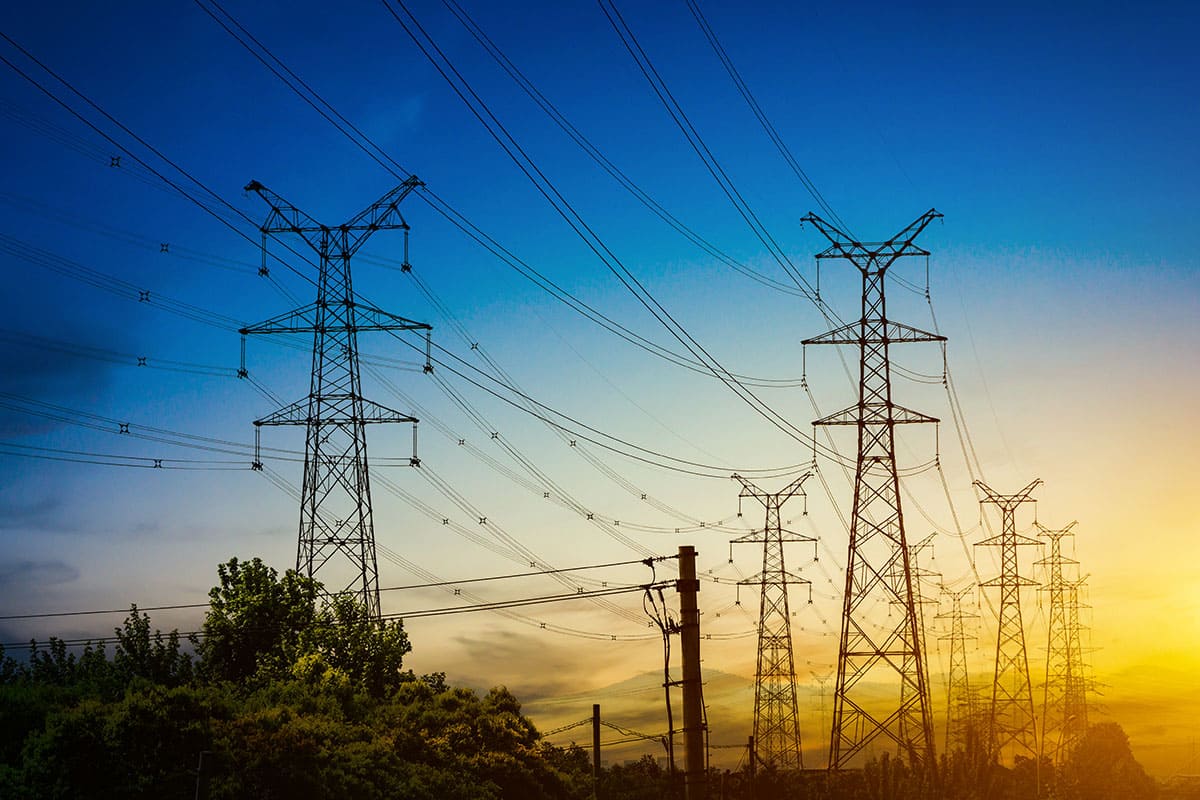Types Of Power Cable: A Complete Guide

When we think of electricity, we often picture buzzing transmission lines or blinking lights, but behind the scenes, it’s power cables that quietly carry the load, quite literally. They are the unseen arteries of our modern world, channeling power from generation plants to substations, and eventually to industries, data centers, metros, and homes.
From the roaring turbines of a thermal plant to the buzzing control panels of a metro station, power cables are everywhere, yet rarely seen. They operate in harsh terrains, beneath city streets, across remote landscapes or deep inside industrial complexes, enabling the 24/7 electricity flow that fuels our digital lifestyles and industrial economies. Their reliability is critical; a single failure can paralyze an entire grid section, halt production lines, or disrupt critical services.
Power cables aren’t a one-size-fits-all solution. They are meticulously designed based on factors like voltage grade, load demand, laying environment, and safety protocols. From simple household LT wires to sophisticated EHV cables used in cross-country transmission networks, each type serves a unique purpose. Whether it’s distributing solar power across a smart city or supporting backup systems in a hospital, these cables are more than just conductors - they’re the lifelines of modern civilization.
Classification of Power cables
Power cables are primarily classified based on their voltage ratings and usage environments. Broadly, they fall into two major categories - Low Tension (LT) and High Tension (HT) cables. Each category serves distinct purposes and follows specific national and international standards that govern design, construction, and performance.
Low Tension (LT) Power Cables
LT power cables are designed to operate up to 1.1 kV and are commonly used in residential, commercial, and light industrial setups. These cables are vital for distributing power from substations to end-user equipment and facilities. In India, IS 7098 (Part 1) and IS 1554 (Part 1) are the key standards that cover the requirements for XLPE or PVC insulated LT power cables respectively, with or without armouring. Globally, several equivalent standards ensure compatibility and safety in different markets:
- IEC 60502-1: A widely adopted international standard that covers power cables with extruded insulation and their accessories for rated voltages from 1 kV to 3 kV. It ensures uniformity in design and performance across global markets.
- BS 5467: British Standard for armoured power cable with XLPE insulation and PVC sheath, commonly used in fixed installations where mechanical protection is required. Suitable for indoor, outdoor, and underground applications.
- BS 6724: British Standard similar to BS 5467, but with Low Smoke Zero Halogen (LSZH) outer sheath instead of PVC. It is specifically designed for installations in public buildings and areas where fire safety and reduced toxic emissions are critical.
- UL 44 and UL 83 : U.S. standards covering building wires such as THHN, THWN and XHHW. These cables are typically used in residential, commercial, and industrial wiring systems, and are designed to meet stringent flame, temperature, and moisture resistance requirements.
Additionally, cables compliant with IS 694, IS 17048, are widely used for domestic and small-scale commercial power applications. These cables are typically non-armoured flexible cables suitable for indoor installations across a range of applications from infrastructure wiring to industrial environments such as panels, machineries and motor connections.
High Tension (HT) Power Cables
Once the voltage goes beyond 1.1 kV and up to 33 kV, we step into the realm of HT power cables. These are typically used in large-scale industrial applications, utilities, and infrastructure projects for transmission and distribution of power. For voltages above this range, we move into EHV (Extra High Voltage) territory, which can go up to 220 kV and beyond. These are used in grid-level transmission or inter-substation connections, where the priority is reduced transmission loss and maximum reliability.
In India, IS 7098 (Part 2) & IS 7098 (Part 3) governs HT and EHV power cables, typically with XLPE insulation and armouring for enhanced mechanical protection. On the global front:
- IEC 60502-2: Standard for cables from 1.1 kV up to 30 kV.
- UL 1072: Governs MV-90 and MV-105 cables widely used in North America for industrial and utility systems.
- VDE 0276 (HD 620 series): German and European standard that applies to MV and HV cables with precise fire, mechanical, and electrical performance requirements.
HT power cables are usually single-core or three-core, depending on the voltage grade and installation design. Variants include:
- Earthed and unearthed system designs (based on system grounding),
- U₀/U rated cables (indicating phase-to-earth and phase-to-phase voltage ratings),
- Conductor options (aluminium or copper, stranded or solid),
- Insulation types (XLPE, TR-XLPE or E-Beam cross-linked compounds),
- Screening methods (metallic copper tape or wire screens),
- Sheath materials (PVC, LSZH, PE, or special compounds for flame retardance or UV resistance).
Trends and Innovations in Power Cables
Like everything else in engineering, even power cables are evolving. Materials are getting better, standards are getting stricter, and customer expectations are rising.
One such innovation is the rise of MVCC (Medium Voltage Compacted Conductor) cables. These cables use compacted conductors that reduce diameter without compromising current capacity, making installations leaner and more efficient.
Another game changer is TR-XLPE (Tree-Retardant Cross-Linked Polyethylene) insulation. It enhances the cable’s resistance to electrical treeing - an aging phenomenon in XLPE cables, extending the cable’s service life in underground and high humidity areas.
Lastly, E-Beam Cross-Linking Technology is making waves. By eliminating the use of traditional chemical cross-linking agents, E-Beam (Electron Beam) treated cables offer better thermal aging properties, enhanced chemical resistance, and remarkable flame retardance. No wonder they’re used in sectors like railways, nuclear power plants, defence and tunnels where reliability is non-negotiable.
Conclusion:
Power cables are far more than metallic conductors. They are engineered systems, tailored for the voltage, environment and performance demands of each application. From residential LT networks to high-stress industrial and utility HT and EHV systems, knowing how these cables are classified can make the difference between efficiency and downtime, safety and hazard.
Understanding the distinctions, whether it's voltage grades (LT, HT, EHV), insulation types (PVC, XLPE, TR-XLPE) or global standards (IS, IEC, UL, VDE) empowers engineers, consultants, and decision-makers to make informed choices. As technology continues to evolve, so do cable materials and construction techniques, making innovation a key factor in future-ready infrastructure.
Ultimately, classifying power cables isn't just a technical necessity, it is a practical step toward powering the future with safety, intelligence and purpose.

